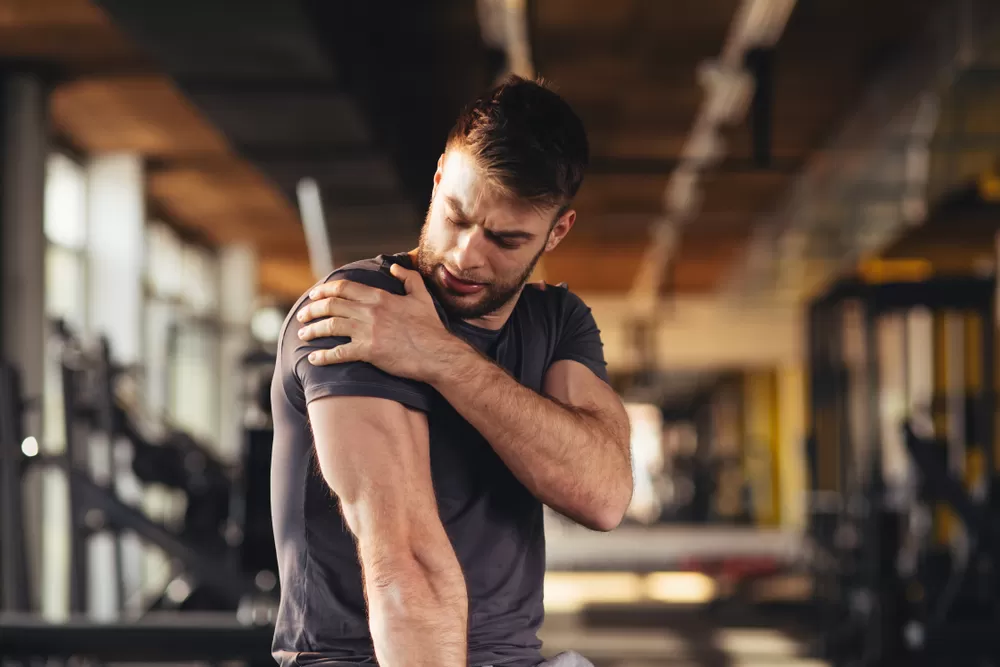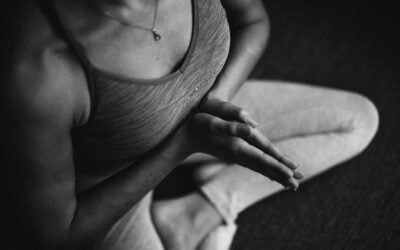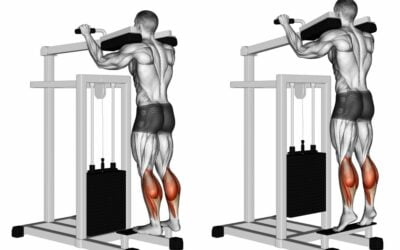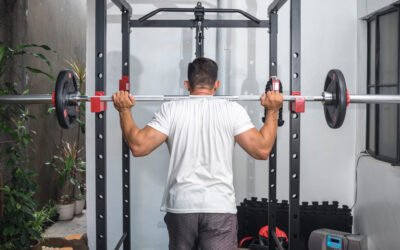A pulled, strained or over-stretched muscles is the least severe of all the injuries that can occur to any part of the bodily structure. More severe types of injury include sprains, tears and the various fractures of the body’s muscles, ligaments, bones and joints. So, today we will tell you how to treat pulled muscles quickly? These are the best treatment for pulled muscle which includes treatment for pulled muscle in back, lower back, buttocks, thigh, upper arm, upper back, chest area, shoulder blade, calf, lower leg, rib cage and back of leg.
Causes of Pulled Muscles.
A pulled muscles almost always results from an accident, the nature of which may vary considerably. For example, a person may drop the load they are carrying, due to sudden sharp movement or moment of acute tension on a muscle.
Attempting to lift something that is too heavy, or doing so awkwardly or incorrectly, can have similar results.
A powerful movement that twists a part of the body into an unnatural position as often happens in football or boxing may also stretch muscles beyond their natural limit.

In general this kind of strain is less likely to occur in children and young people, and in those who have trained themselves to make the necessary movements, or sustain the loads on the muscles involved.
Nevertheless some movements are likely to result in a pulled muscle no matter who makes them. Certain occupations and activities- notably heavy manual work and strenuous athletics- therefore carry a fairly high frequency of muscular injury.
| Read Now: How Many Days to Workout to Stay Fit |
What Does a Pulled Muscle Look Like?
Pulled muscles can occur in virtually any part of the body. Stress from lifting is likely to be felt in the muscles of the lower back or abdomen.
Sudden head movements or whiplash accidents where the head is jerked sharply backwards or forwards will give rise to pulled muscles in the neck.
The shoulders, arms and hands are at risk in boxing and weight lifting, while football, running and gymnastics place particular strain on the muscles of the hips, thighs, calves and feet.
The principal symptom is pain, and if the “pull” is severe, the muscle may also become weak and give way. It is usually the fibrous “meat” of the muscle that is affected.
The tendons which join the muscles to the boned can usually be damaged only by injuries, and sometimes severe enough to tear them from the bone.
The actual damage can vary depending on the muscle fibres simply be over-stretched or they may be torn.
In severe cases pain in the muscle will be felt instantly and will be acute enough to stop the victim using it until it has had time to heal.
In slight pulls the pain may not be felt until the next day and passes off quite quickly without much inconvenience or interruption of normal activities.
Treatment of Pulled Muscle or How to Heal a Pulled Muscle?
Distinguish between a simple pulled muscle and more serious damage, such as an underlying fracture, is obviously vital but may be quite difficult.
In all cases of musculo-skeletal injury there may be pain, tenderness and loss of use. Sometimes it will be clear that the injury is only a strain, or at the other extreme, a definite fracture.
In intermediate cases extreme caution must be exercised until a medical opinion has been obtained, and perhaps an X-ray taken.
Until this has been done it is best to err on the side of caution and treat the injury as though it is in fact a fracture. In this way any additional damage will be avoided.
Most pulled muscles can be treated by simple measures at home. A cold compress is helpful in reducing pain and limiting the amount of swelling and bruising that develop.
Heat is also useful treat pulled muscles quickly, as it increase the blood supply to the damaged area, and in making it less painful and easier to move.
A pulled muscle should initially be rested, and then gradually used again as it recovers. A doctor should always be consulted if there is any doubt about the exact course to follow.
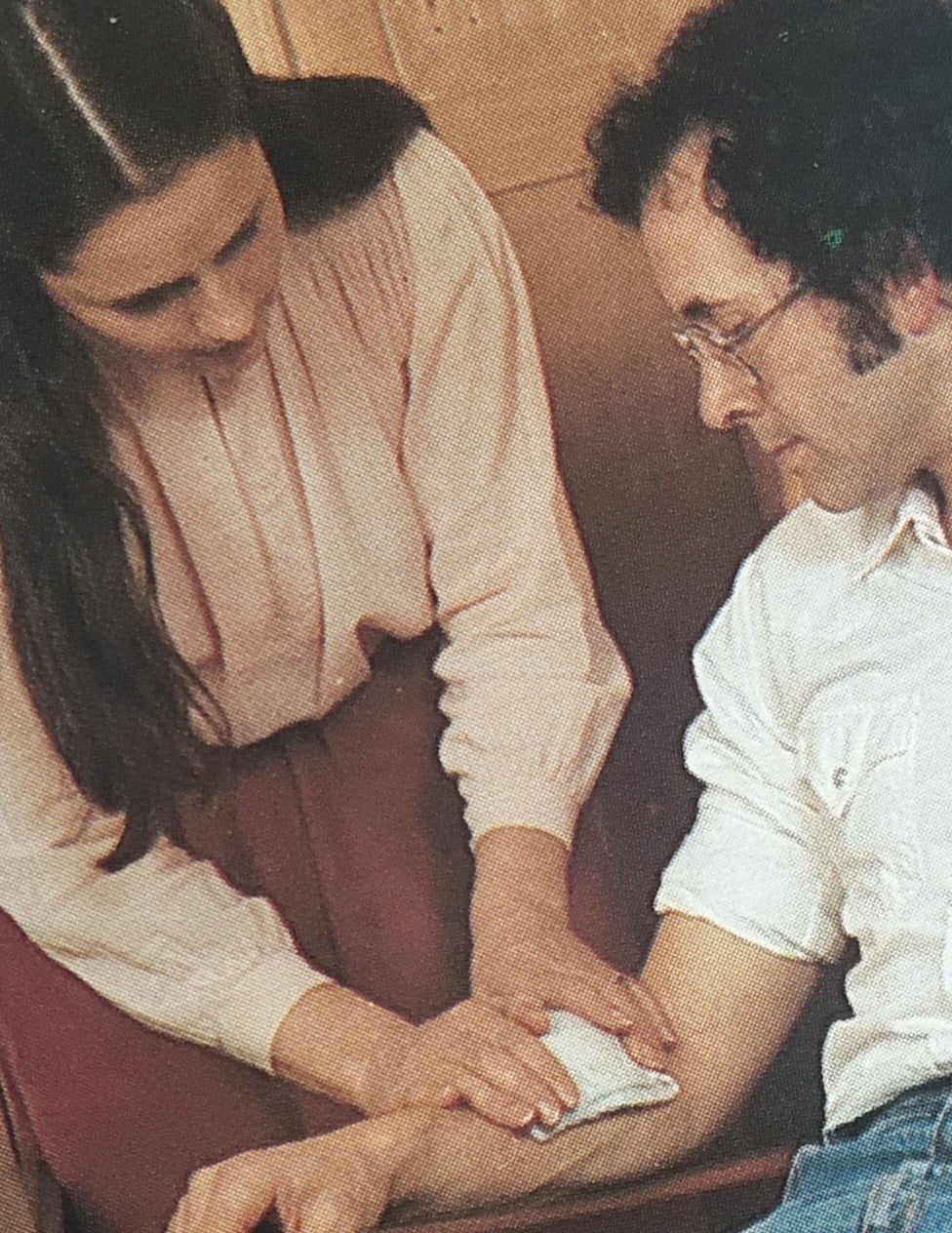
How To Heal a Pulled Muscle at Home? or How To Treat Pulled Muscles Quickly at Home?
- A cold compress should be applied immediately to the affected area. It can speed up muscle strain recovery.
- Soak a bandage, handkerchief or piece of old linen in cold-not iced-water and wring it out.
- Loosely bandage it over the injury and leave until it begins to dry or becomes warm.
- Remove the dressing, re-soak it and repeat the procedure.
- Apply heat treatment for 15 minutes every day until the muscle can be freely moved and no pain is felt. It is another best way to treat pulled muscles quickly.
- If you do not have a heat lamp, use a hot water bottle or electric fire.
- Put the fire securely on a table or chair and sit with the affected part unclothed not less than 1 m (3 ft) away – you should be able to feel the heat without your skin burning. It is the best treatment for muscle strain in arm.
How Long Does it Take for a Pulled Muscle to Heal?
With care and common sense a pulled muscle should heal with no difficulty, and normal used to be quickly restored.
FAQ. (How to Treat Pulled Muscles Quickly?)
1. If muscle pulled during a game of football, should I stop playing or is it safe to finish the game?
This depends entirely on the severity of the injury. If the pull is serious, you should stop playing all games until the damage has healed completely. In a less severe case, it would be safe to continue, provided the muscle a supported with adhesive strapping or a crepe bandage during the game.
2. Should a pulled muscle always be rested, or is it best to exercise it?
Both. At first it needs rest, but as the condition improves it should be exercised more and more. The patient can usually gauge how much or how little to do, but he or she should put the strained muscle through its normal range of movements as soon as possible. Pain will be felt beyond a certain point, but exercise should be taken to just short of this point.
Each exercise should be repeated up to 12 times, with the position held for 10 seconds each time. Do this every hour while you are off work gradually increasing the range of movements and the amount of weight being borne by the injured muscle.
3. Does massage help a pulled muscle in any way?
Yes, it does. Unless the pull is very severe and painful, massage will help to relieve the discomfort and benefit the muscle itself. The skin should first of all be oiled with any inexpensive balm to make the massage more effective.
A steady kneading movement should be given for 10 to 15 minutes, with the balls of the thumbs getting well into the part concerned.
4. My boyfriend pulled a thigh muscle while playing football, and had something sprayed on it to remove the pain. What was it?
It was probably ethyl chloride which freezes the injury so that no pain is felt and the muscle does go into spasm. A cold compress has the same effect.
5. Does weed cause muscle tension?
No, as such research has not yet been clear. Rather weed has proven to reduce the effects of muscle tension for a shorter time and to get back to your physical activity quicker.
6. What are the top five antibiotics for muscle injury along with analgesic?
There are many antibiotics for muscle injury. But among them the top five as per user review are;
7. Do muscle tear needs plaster?
It totally depend upon the severity of the condition. So it is advisable to consult with the doctor.
8. Should we take Dulane 20, for the treatment of any arm muscles or nerve tear?
Dulane 20 is basically used to treat depression, anxiety and diabetic nerve pain. Till now not such evidence came that it helps in the treatment for arm muscles or nerve tear.
9. Which one is advisable for muscle spasm, etoridoc-120 or etoricoxib 120?
Both are advisable for muscle spasm, but etoricoxib-120 is especially for joint pain like osteoporosis, rheumatoid arthritis and usually for age group of 16yrs or older. It is better to consult with doctor as they know you better.
10. Is it advisable to give EVION LC to growing children for leg muscles pain usually felt in the evening night?
It’s been advised to keep this medicine away from children, but if children is suffering a lot for muscle pain consult with the doctor and follow the necessary steps.
11. Botulinum patch for muscle spasm?
Botulinum patch is not for muscle spasm, instead transdermal patch is effective where botulinum toxin has been used which helps to cure muscle spasm.(1)
Bottom Line.
Therefore, it can be concluded that, a pulled muscle is an unavoidable hazard of life. But fortunately the inconvenience caused is usually minimal, treatment is simple and recovery rapid.
+7 Sources
Freaktofit has strict sourcing guidelines and relies on peer-reviewed studies, educational research institutes, and medical organizations. We avoid using tertiary references. You can learn more about how we ensure our content is accurate and up-to-date by reading our editorial policy.
- Transdermal patch for botulinum toxin administration : https://patents.google.com/patent/US20050175636A1/en
- The Definition and Causes of Musculoskeletal Disorders : https://ergo-plus.com/musculoskeletal-disorders-msd/
- Anaprox (Oral) : https://www.drugs.com/cons/anaprox.html
- Paracetamol : https://www.drugs.com/paracetamol.html
- Aleve : https://www.drugs.com/aleve.html
- Acetaminophen : https://www.drugs.com/acetaminophen.html
- Voltaren : https://www.drugs.com/voltaren.html

 Workout
Workout
 Meditation
Meditation


 Stories
Stories


 Podcast
Podcast E-book
E-book